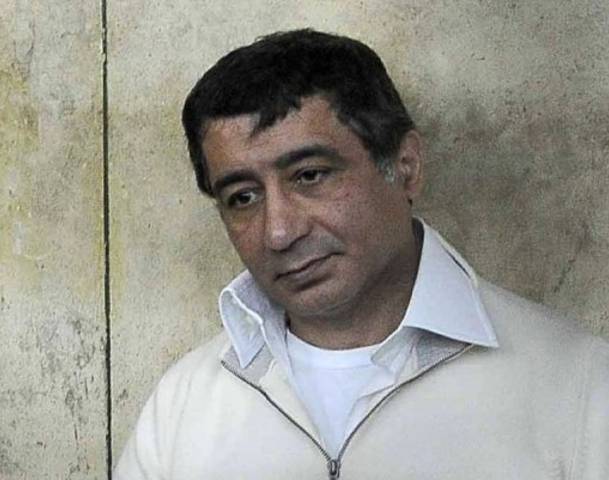DUBAI: Diversification has become the name of the game for RAK’s light industries, as a foreseen fall-off in construction is expected in the near future as demand begins to catch up with supply.
One company that has managed to weather the rise and fall of construction demand amid the global crisis is RAK Ceramics. The firm, which was started in 1991, has rapidly expanded abroad and now operates in Germany, the UK, Italy, Belgium, Georgia, Australia, China, India, Saudi Arabia, Sudan, Bangladesh and Iran, with its top production facilities after RAK in China, India and Bangladesh.
Like many local industrial concerns, the firm benefits from the low cost of materials (much of the feedstock, from energy to minerals, can be sourced domestically) and a position that allows easy access via ports to the Gulf and beyond. But perhaps the most important ingredient in the success of the local building materials segment over the past two decades is the growth in construction that has accompanied the Middle East ’s increasing economic power and population.
While RAK Ceramics is perhaps the most prominent industrial player in the emirate, it is not the only manufacturing industry that has profited from the building boom of the last decade. Nearly all of RAK’s light industry – cement, glass production and ceramics – is tied up in some way with the construction sector. The slowdown that accompanied the financial crisis has, therefore, led to slower growth for many of RAK’s industrial companies.
Although RAK Ceramics managed to weather the financial crisis well, in large part due to its diversified holdings across the Middle East and Asia, others have seen a more mixed picture: RAK Cement has recently seen its share price on the Abu Dhabi Exchange dip as cement prices remain low and the rate of building is presently subdued compared to pre-crisis levels.
However, it also managed to stay in the black throughout the downturn, with profit tripling in the first quarter of 2009 when compared to a year earlier, and a further 15.5 percent growth reported in the first quarter of 2010. RAK Cement benefits from proximity to RAK’s significant limestone deposits; other cement firms in the GCC usually have to import their raw materials, driving up prices.
All of RAK’s light industries have products outside the construction sector that will continue to fuel demand even if construction does not regain the momentum it enjoyed before the crisis. This is vital, as an eventual slowdown in the sector is not so much a question of if but when.
Assuming the housing stock is well built, the double-digit growth in housing supply that has accompanied the rapid industrialisation and population boom in the GCC should ultimately fall off as the amount of housing catches up with demand.
Infrastructure, the other major contributor to construction demand, should likewise fall off as large projects such as highways, the planned rail line and port developments are completed and need to be simply maintained rather than expanded.
The question, then, becomes when. Population growth is still strong, with an increase of 4.3 percent in 2009, according to the statistical yearbook recently released by RAK Free Trade Zone.
The majority of RAK’s population is still too young to buy a house and will be for the next 10-15 years. However, the amount of real estate that has been developed in RAK and, importantly, its neighbors over the last decade has been significant. Indeed, some say there is already a real estate glut in some segments, particularly the high end of the market, as many of the projects started in 2007-08 reach completion.
Affordable housing, however, remains in short supply. Infrastructure spending will be robust in the medium term, with road works continuing and the rail network expected to take seven to eight years before it reaches completion.
For the sake of the long term, however, this is the time for companies that have profited handsomely from the construction boom to lay the groundwork for future growth by diversifying their product lines.
RAK Ghani Glass, for one, has recently opened a $28 million plant dedicated to producing high-grade glass for use in the pharmaceuticals industry. RAK’s other building materials producers might do well to follow a similar route.




